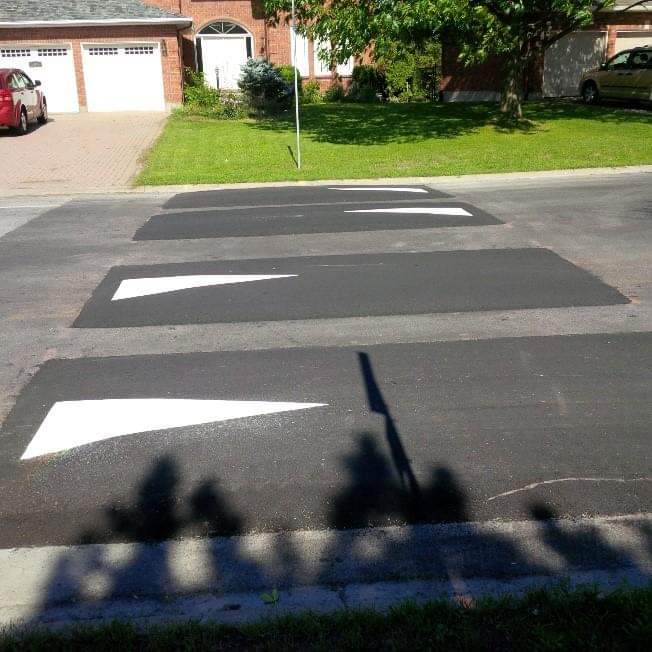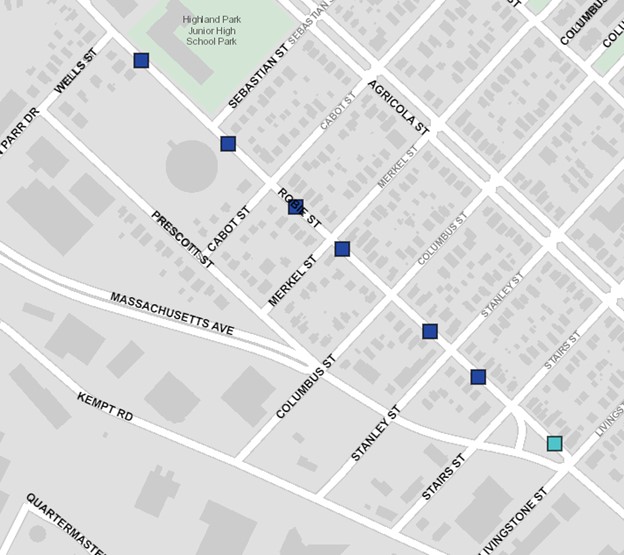**** HRM Media Release
Introducing speed cushions, a new traffic calming measure being piloted to encourage slower vehicle speeds

Like a speed table, speed cushions are vertical deflections in the roadway that drivers must slow to cross. They’re different from speed tables because they include channels designed for large vehicles like transit buses and fire trucks, to pass through with minimal impact.
The first pilot will include six cushions on Robie Street between Stairs and Wells streets.
Speed Cushion Pilot Project
What is a Speed Cushion?
Speed cushions are a new traffic calming measure being piloted in HRM to encourage slower speeds of travel by causing discomfort for drivers travelling at higher speeds. Like a speed table or speed hump, speed cushions are a raised area of a roadway which causes the vertical upward movement of travelling vehicles, while providing open channels to minimize impacts on larger vehicles such as emergency service vehicles and transit buses.
If the pilot is successful speed cushions will be added to HRM’s toolbox of traffic calming measures

How Can a Driver Navigate Speed Cushions?
- Speed cushions include channels which are designed for large vehicles, such as transit buses and fire trucks, to pass through with minimal impact.
- The wheel track of a passenger vehicle is too narrow to fit in the channels, and thus passenger vehicles must traverse over the deflections.
- Cyclists can choose to traverse over the speed cushions or avoid them entirely by travelling through the channels between the raised elements.
- There is no impact to on-street parking, though drivers should use caution when driving on traversing speed cushions with vehicles parked on street. Drivers may need to yield to oncoming traffic
????: City of Ottawa



